Beginning in the Hintok area, the railway was required to ascend into the mountains that formed the Thai-Burma border. For the engineers planning the route, this area was the most difficult for them to explore and plan a path. The Three-Tiered and Pack of Cards bridges were in fact switch-backs that provided a gentler slope for the trains to rise into the mountains.
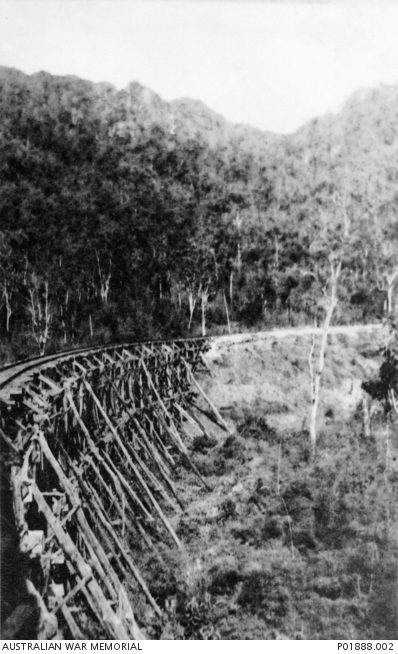
no known photos exist of the Pack of Cards trestle
This area – and its corresponding section on the Burmese section of the TBR – were also the most problematic for delivering necessary supplies. There were no roads and no permanent local inhabitants on either side of the border. This failure of logistics was one of the reasons the POWs working in these highlands suffered some of the greatest hardships. This included the main US group under the command of LTC Tharp on the Burmese section and the infamous F Force that worked the corresponding sector on the Thai side..
One description of the TBR states that the grade of the rise into the highlands was still so steep — despite the use of the switch-backs — that trains had to stop to exchange locomotives to more powerful ones to drag the cargo through that area.
The Burmese sector of the TBR actually extended about 40 Kms into Thailand. On 17 OCT 1943, the two sections of the TBR were joined at Konkoita. That area is now underwater in the reservoir behind the Vajiralongkorn Dam (aka Khao Laem Dam).
[Editor’s Note: this is also the same reservoir that flooded the town south of the Sangklaburi Mon village area that boasts the famous Mon Bridge.]
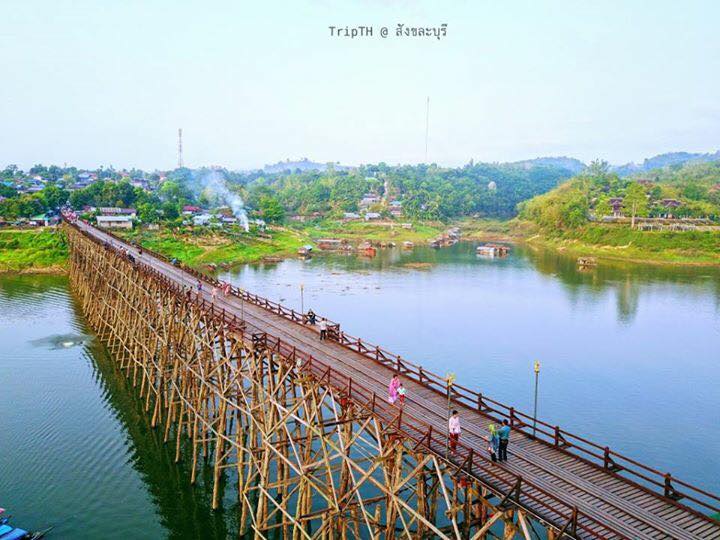
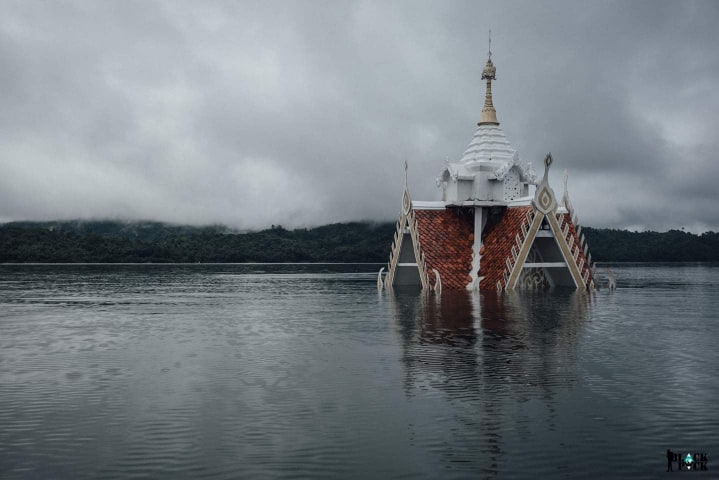
The highlands are officially known as the Tenasserim Hills:
https://en.wikipedia.org/wiki/Tenasserim_Hills#History
These Highlands camps beyond Hintok were where the majority of the Asian (romusha) workers were employed. They were blamed for and suffered the most heavily from the outbreaks of cholera that swept through many of these camps. It is also interesting to note that parts of F Force were also pushed across the line of responsibility between the 5th (Burma) and 9th (Thailand) IJA Railway Regiments.
According to the list of camps provided by the TBRC, the Burmese sector was 187 Km while the Thai sector was 100 Km longer. It must also be noted that all of the non-Burmese romusha worked in the areas controlled by the 9th Regiment even though some crossed over into the Burmese Sector in the latter stages of construction.
By May 1943, there was a 100 kilometer gap in the TBR between KinSaiYok and Nike. Massive numbers of romusha were flowing into area as were portions of F and H Force. By mid-month cholera had broken out in multiple camps. By July, F Force was so decimated that 1700 sick men had been moved to a hospital camp at Thambaya (Kilo 50) in Burma. At the Nike camp, it is said that of the strength of 1600 men only 300 were fit for daily work parties. Of those 1600, 400 survived to be returned to Singapore; where nearly half of them died of the after-effects of the jungle. The monsoon had disrupted the road down from the Highlands in Thailand such that moving them down the river was out of the question. In one group, 43 of 1700 died during the move; in 6 months 748 were dead. By July, the K & L medical teams had to be hastily brought up from Singapore to try to assist the romusha who were suffering horrendous death rates from cholera. Likely carried by the river, cholera reached as far as the Hintok camp, but the death tolls there were much lower. By August, so few men were left in F and H Forces that they had to be combined with work groups from Burma to be able to field enough men to work the rails. The Burma-side workers were also quite ill and depleted (most of their deaths had occurred in the area just on the Burmese side of the border), but they were in somewhat better condition than the Thai-side contingent. It seems as though the rails between the Three Pagodas Pass and Konkoita were laid in a cooperative effort by both Burma and Thai Sector work groups. We known that these different work groups overlapped to some extent because the 7 US POWs who had arrived in Thailand as part of F Force were re-united and transferred back to the control of LTC Tharp’s 5A group. Such a transfer was highly unusual and was likely brokered by Tharp and his staff.
Other versions of the infamous F Force saga are related in the following:
https://www.cofepow.org.uk/armed-forces-stories-list/condition-of-pows-in-thailand
https://www.2-26bn.org/fforce.html
=============================
There is a group of young Thais who have made a quest to explore and document the route of the TBR beyond Hellfire Pass. The jungle and ‘progress’ in the form of agricultural incursion are continuously degrading these remains. They have been working in the Thakanun area and more recently on the edge of the flooded area of the dam due to low water levels. It is amazing to me that these young men have taken such an interest in this period of Thai (world) history.
https://www.facebook.com/groups/2342060092765924
Some recently available photos from the SongKurai camp area. Some of the US POWs spent some time in this area post-completion before being consolidated to the Kanburi camp.
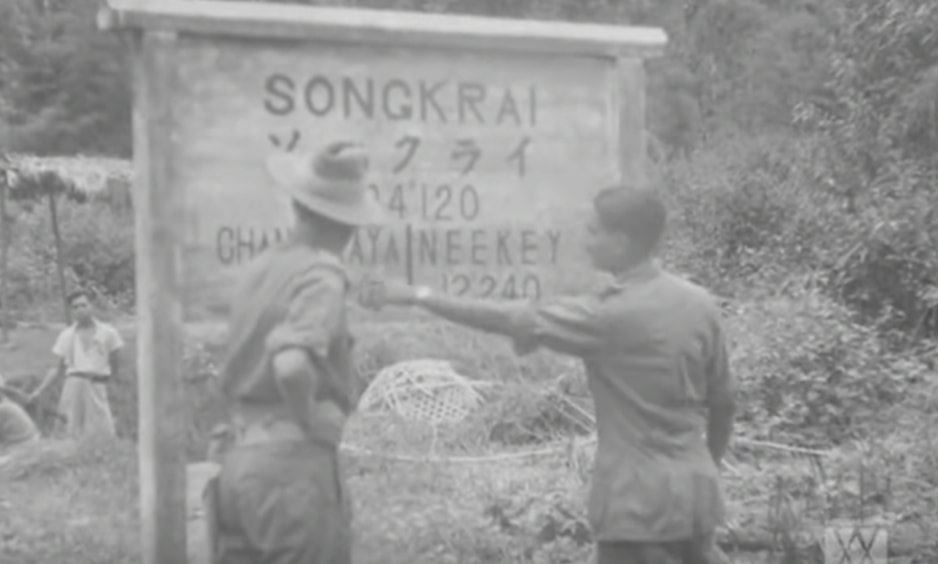
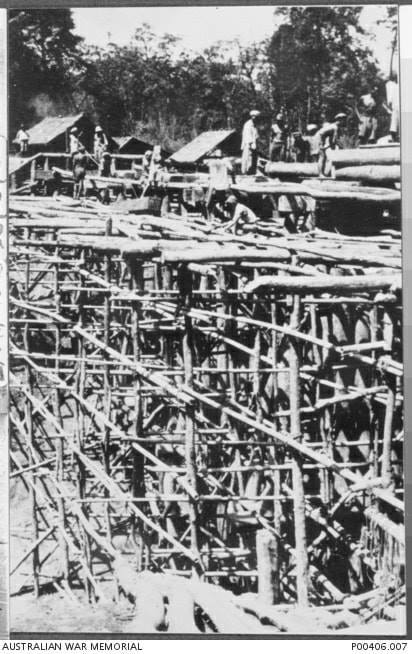
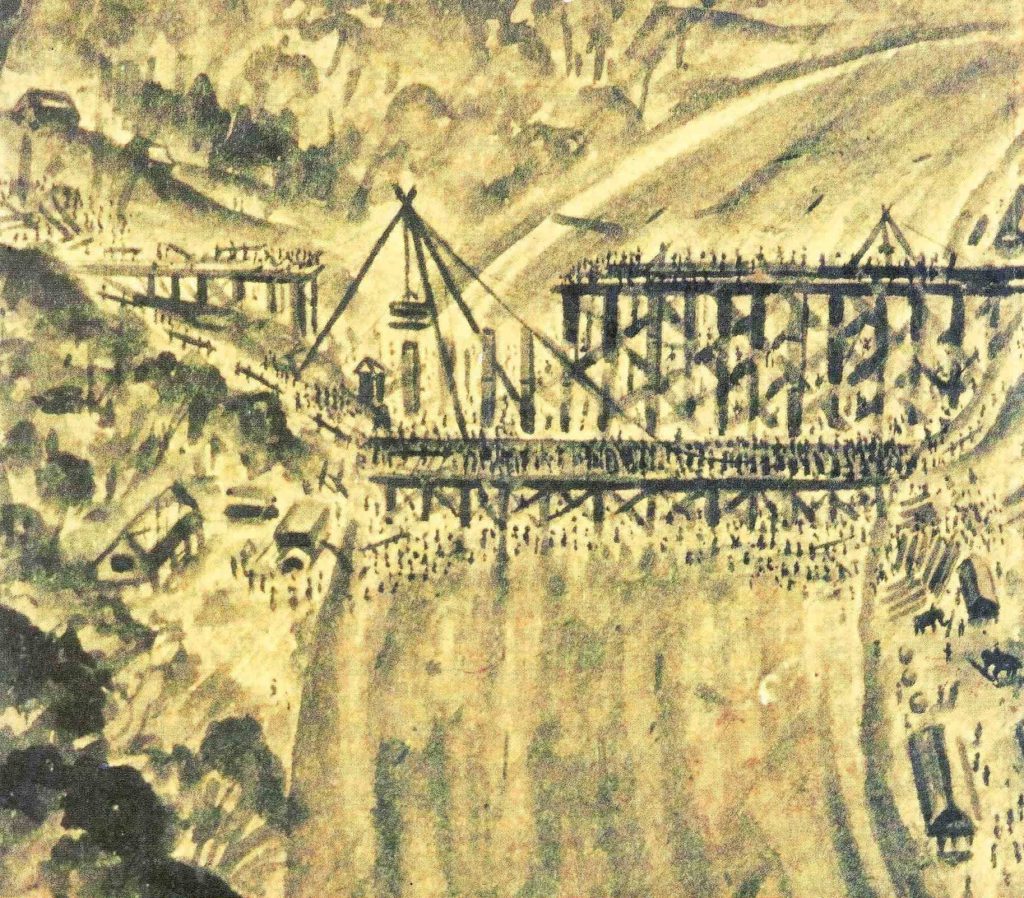
A personal story of a British POW at Kin SaiYok is found at:
https://www.theprisonerlist.com/
Here is an excerpt:
(1) Early in April orders were issued to prepare 7000 Prisoners of War for a move by train. The order stated that –
(a) The reason for the move was that the food situation in Singapore was difficult and it would be far better in the new place.
(b) This was NOT a working party.
(c) As there were not 7000 fit men in Changi, 30% of the party were to be unfit men, unfit to march or work. The unfit would have a better chance of recovery with good food and in a pleasant hilly place with facilities for recreation.
(d) There would be no marching except for short distances from train to a nearby camp, and transport would be provided for baggage and men unfit to march.
(e) Bands were to be taken.
(f) All tools and cooking gear and an engine and gear for electric light were to be taken.
(g) Gramophones, blankets and clothing and mosquito nets would be issued at the new camp.
(h) A good canteen would be available in each camp after three weeks. Canteen supplies for the first three weeks were to be bought with the prisoners’ money before they left Changi.
(i) The party would include a medical party of about 350 with equipment for a central hospital of 400 patients, and medical supplies for three months.
In August a hospital was established in Burma and about 2000 men were sent there. Unfortunately the rations were still deficient of the necessary vitamins and 800 died. Nevertheless the Burma hospital did great good for there was no regular engineer work and therefore many men had a chance to get well slowly.
The move back to Kanburi took place in November, but the men were in such a state that, although the worst cases were left in Burma, 46 died on the train journey and 186 more during the first three weeks in Kanburi, in spite of better food and living conditions.
It may be thought that some of the above report was exaggerated. It is, however, only the barest outline of a period of intense hardship suffered by parties of prisoners of war. If proof is wanted, it is surely sufficient to point to the fact that of 7000 prisoners who left Changi in April, now in December about 3000 are dead, 3000 more are in hospital or convalescent, of whom hundreds more will die within the next few months as a result of the hardships they have undergone.
